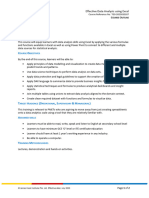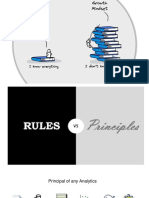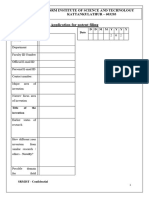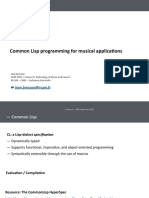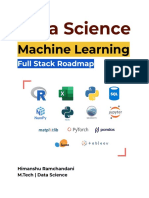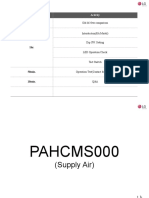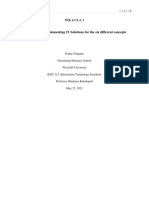0% found this document useful (0 votes)
58 views28 pagesData Analytics Job Ready Program (DAB3.0)
Uploaded by
Azhar MahmudCopyright
© © All Rights Reserved
We take content rights seriously. If you suspect this is your content, claim it here.
Available Formats
Download as PDF, TXT or read online on Scribd
0% found this document useful (0 votes)
58 views28 pagesData Analytics Job Ready Program (DAB3.0)
Uploaded by
Azhar MahmudCopyright
© © All Rights Reserved
We take content rights seriously. If you suspect this is your content, claim it here.
Available Formats
Download as PDF, TXT or read online on Scribd
/ 28




















































